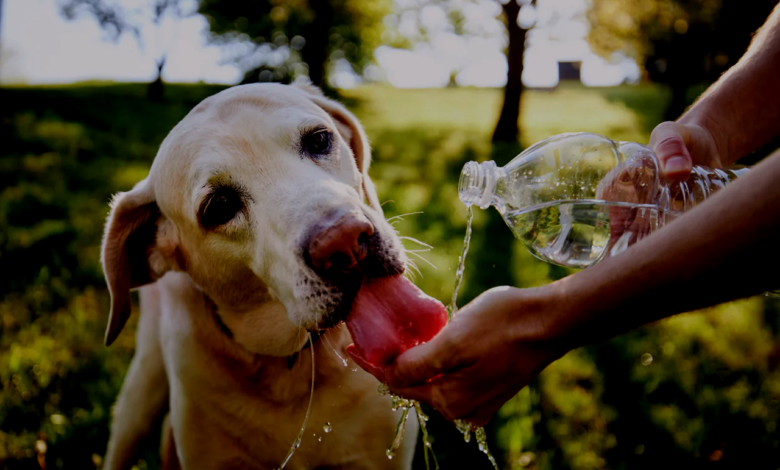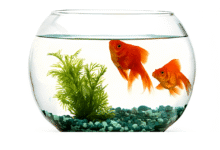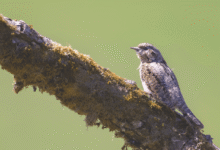
Seasonal Pet Safety Protecting Your Pet Year-Round
Seasonal pet safety tips to protect your furry friend year-round Learn how to keep pets safe in every season with expert advice.
Seasonal pet safety is essential for ensuring your furry friend stays healthy and happy all year long. Each season presents unique challenges from scorching summer heat to freezing winter temperatures that can pose risks to your pet’s well-being. Whether you have a playful pup, a curious cat, or a small animal, understanding these seasonal hazards allows you to take proactive steps to keep them safe. By adjusting care routines based on weather changes, you can prevent common dangers like dehydration, frostbite, allergies, and toxic exposures.
As responsible pet owners, it’s our duty to anticipate and mitigate these risks before they become serious threats. Seasonal pet safety isn’t just about reacting to emergencies it’s about creating a consistent, protective environment that adapts to nature’s shifts. In this guide, we’ll explore practical tips for each season, helping you safeguard your pet against weather-related dangers, outdoor hazards, and household toxins. With the right knowledge, you can enjoy every season with your pet while keeping them safe, comfortable, and thriving.
Seasonal Pet Safety Protecting Your Pet Year-Round
Managing Allergies & Toxic Plants
Spring’s vibrant blooms bring hidden dangers for pets, as pollen and mold spores can trigger intense allergic reactions causing itchy skin, watery eyes, and sneezing. After outdoor adventures, gently wipe down your pet’s paws, coat, and face with a damp cloth to remove allergens. Be especially cautious of toxic spring plants lilies can cause kidney failure in cats with just a few petals, while tulips and azaleas contain compounds poisonous to both dogs and cats. Safeguard your garden by replacing dangerous plants with pet-friendly alternatives or installing protective barriers around flower beds.
Preventing Fleas Ticks & Chemical Hazards
Warmer, humid climate creates ideal conditions for fleas and ticks, which can transmit Lyme disease and other infections. Use veterinarian-approved preventatives and groom your pet regularly to spot parasites early. Spring cleaning also introduces risks household cleaners, pesticides, and fertilizers can poison curious pets. Store chemicals securely and choose pet-safe alternatives whenever possible. Keep your pet away from treated lawns until products have fully dried.
Summer Pet Safety Tips
Preventing Heatstroke & Paw Protection
Summer’s scorching temperatures are particularly dangerous for flat-faced breeds like Bulldogs and Pugs, whose compromised breathing makes them extremely vulnerable to heatstroke. Never leave pets in parked cars even with windows cracked, interior temperatures can skyrocket to deadly levels within minutes. Always ensure access to shade and fresh water and avoid outdoor activities during the hottest hours (10 AM to 4 PM). Remember that asphalt and concrete can Pet Safety blisteringly hot, burning sensitive paw pads test surfaces with your hand before walks, and opt for early morning or evening outings when temperatures drop.
Water Safety & Toxic Food Hazards
Water safety is absolutely crucial during summer months when pets seek relief from the heat. While swimming can be excellent exercise and cooling activity, many pet owners don’t realize that not all dogs are natural swimmers breeds with short Pet Safety, heavy bodies, or flat faces often struggle in water. Even strong swimmers face dangers like strong currents in lakes or oceans, fatigue, and irritation from pool chemicals. A properly fitted pet life jacket provides essential buoyancy and makes your companion more visible in the water.
Fall Pet Safety Tips
Toxic Substances & Wild Mushrooms
Autumn brings increased use of rodenticides and antifreeze both deadly to pets even in small amounts. Store all chemicals securely and wipe spills immediately. Wild mushrooms also flourish in damp fall conditions, with many varieties being poisonous. Regularly inspect your yard and remove any fungi to prevent curious pets from ingesting them.
Halloween Hazards & Low-Light Visibility
Halloween candy especially chocolate and xylitol-sweetened treats can poison pets. Keep all candy out of reach and be mindful of wrappers. Pet costumes should allow free movement and not cause stress. With shorter days, use reflective gear or LED collars during evening walks to ensure visibility to drivers.
Wildlife Encounters & Seasonal Comfort
Animals like skunks, raccoons, and coyotes become more active as they prepare for winter. Keep pets leashed and secure trash bins to avoid attracting wildlife. Piles of fallen leaves can hide sharp debris clear your yard regularly. As temperatures drop, provide warm bedding and shelter, especially for senior pets or those with arthritis.
Winter Pet Safety Tips
Cold Weather Protection & Outdoor Hazards
Winter’s bitter cold presents life-threatening dangers for our furry companions, with hypothermia and frostbite being particularly severe for short-haired breeds, small pets, senior animals, and those with health conditions. These cold-weather hazards can develop alarmingly fast even during brief bathroom breaks in subzero temperatures. Frostbite often Pet Safety vulnerable areas like ear tips, tails, and paw pads first, while hypothermia manifests through violent shivering, lethargy, and eventually collapse. For outdoor pets, proper shelter is absolutely critical; their winter housing must be insulated, windproof, raised off cold ground, and contain dry, thick bedding that’s changed regularly.
Indoor Winter Hazards & Holiday Safety
The dry winter air can wreak havoc on your pet’s skin, causing uncomfortable itching, flakiness, and irritation. Combat these effects by using a humidifier to maintain proper moisture levels in your home and consider adding omega-3 fatty acid supplements to their diet after consulting with your veterinarian, as these can help promote healthy skin and Pet Safety. When it comes to heating your home, space heaters and fireplaces present significant burn risks for curious pets. Always use safety gates or barriers to keep animals at a safe distance from heat sources, and never leave them unsupervised near open flames or hot surfaces. The holiday season brings additional hazards that pet owners should be mindful of.
Read More: Online Pet Training Resources for Alaska Owners What Works in the Cold
Conclusion
Seasonal pet safety is essential for ensuring your furry friend stays healthy and happy all year long. Each season presents unique challenges from scorching summer heat to freezing winter temperatures that can pose risks to your pet’s well-being. Whether you have a playful pup, a curious cat, or a small animal, understanding these seasonal hazards allows you to take Pet Safety steps to keep them safe. By adjusting care routines based on weather changes, you can prevent common dangers like dehydration, frostbite, allergies, and toxic exposures.
As responsible pet owners, it’s our duty to anticipate and mitigate these risks before they become serious threats. Seasonal pet safety isn’t just about reacting to emergencies it’s about creating a consistent, protective environment that adapts to nature’s shifts. In this guide, we’ll explore practical tips for each season, helping you safeguard your pet against weather-related dangers, outdoor hazards, and household toxins. With the right knowledge, you can enjoy every season with your pet while keeping them safe, comfortable, and thriving.
FAQs
How can I protect my pet from summer heat?
Provide plenty of water, shade, and avoid walks during peak heat. Never leave pets in a parked car, as temperatures rise dangerously fast.
Are holiday foods dangerous for pets?
Yes, chocolate, xylitol, grapes, and fatty foods are toxic. Keep human treats out of reach and stick to pet-safe snacks.
What winter hazards should I watch for?
Hypothermia, antifreeze Pet Safety, and ice-melting chemicals are key risks. Use pet-safe deicers and limit outdoor exposure in extreme cold.
How do I prevent fleas and ticks in spring?
Use vet-approved preventatives, check your pet’s fur regularly, and maintain a clean-living environment to reduce infestations.
Can fall leaves be harmful to pets?
Yes, damp leaves can harbor mold or hide sharp debris. Rake your yard frequently and discourage pets from eating fallen leaves.







